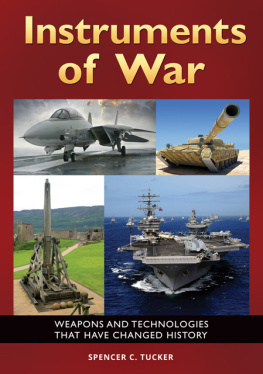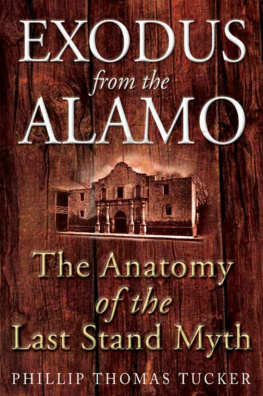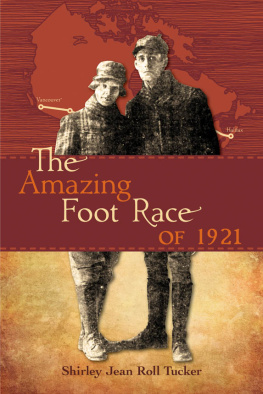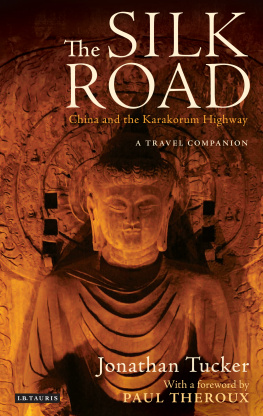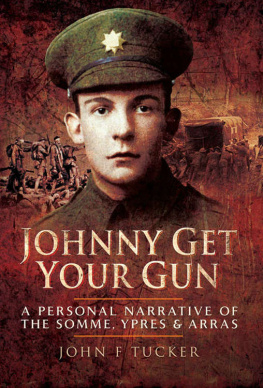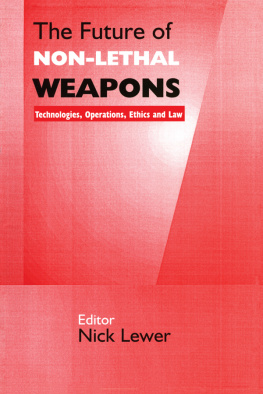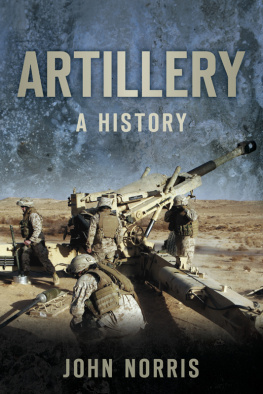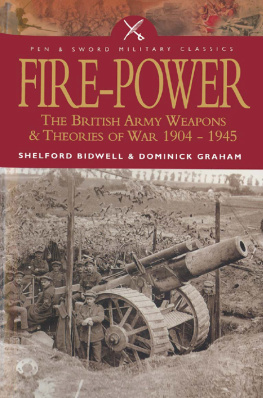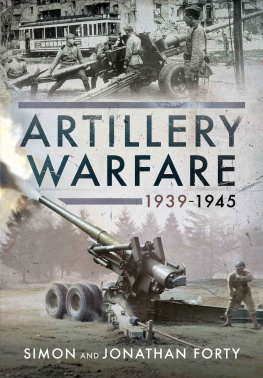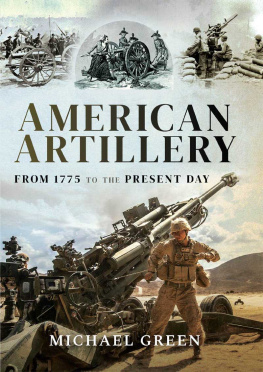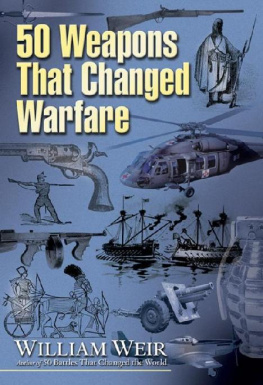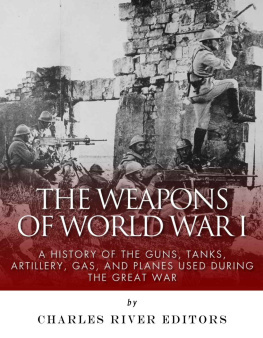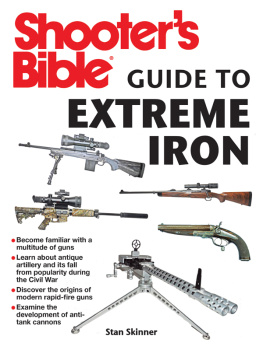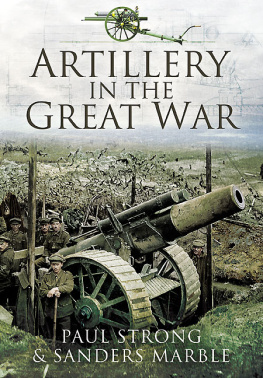

Copyright 2015 by ABC-CLIO, LLC
All rights reserved. No part of this publication may be reproduced, stored in a retrieval system, or transmitted, in any form or by any means, electronic, mechanical, photocopying, recording, or otherwise, except for the inclusion of brief quotations in a review, without prior permission in writing from the publisher.
Library of Congress Cataloging-in-Publication Data
Tucker, Spencer, 1937
Instruments of war : weapons and technologies that have changed history / Spencer C. Tucker.
pages cm
Includes bibliographical references and index.
ISBN 978-1-4408-3654-1 (alk. paper) ISBN 978-1-4408-3655-8 (ebook)
1. Military weaponsHistory. 2. Military art and scienceHistory. I. Title.
U800.T77 2015
623.03dc23 2014049928
ISBN: 978-1-4408-3654-1
EISBN: 978-1-4408-3655-8
19 18 17 16 15 1 2 3 4 5
This book is also available on the World Wide Web as an eBook.
Visit www.abc-clio.com for details.
ABC-CLIO, LLC
130 Cremona Drive, P.O. Box 1911
Santa Barbara, California 93116-1911
This book is printed on acid-free paper 
Manufactured in the United States of America
This work is dedicated to distinguished military historian Colonel Jerry Morelock, U.S. Army (Rtd) and PhD.
I am grateful for the numerous instances of his assistance, always graciously rendered.
Contents
Chronological List of Entries
Note: Influential weapons systems and advances in military technology, and notable individual examples of both, may be placed at locations other than indicated.
Alphabetical List of Entries
Introduction
Weapons both fascinate and repel. We marvel at the ingenuity and sheer genius in their creation but often abhor the results they bring. They are used to kill and maim individuals and to destroy states and societies and occasionally whole civilizations in addition to many of the greatest of mans cultural and artistic accomplishments. Throughout history tools of war have been the instruments of conquest, invasion, and enslavement, but they have also been used to check evil and, as deterrents, to serve the cause of peace.
Weapons have evolved over time to become both more lethal and more complex. For the greater part of mans existence, combat was fought at the length of an arm or at such short range as to represent no real difference; battle was fought within line of sight and seldom lasted more than the hours of daylight of a single day. Thus, individual weapons that began with the rock and the club proceeded through the sling and the boomerang, the bow and arrow, and the sword and ax to gunpowder weapons of the rifle and machine gun of the late 19th century. Study of the evolution of these weapons tells us much about human ingenuity, the technology of the time, and the societies that produced them. The greater part of technological development of weaponry has taken part in the last two centuries, especially the 20th century. In this process, plowshares have been beaten into swords; the tank, for example, evolved from the agricultural caterpillar tractor. Occasionally the process is reversed, and military technology has impacted society in a positive way. Thus, modern medicine has greatly benefitted from advances to save soldiers lives, and weapons technology has impacted such areas as improvements in transportation and atomic power.
Weapons can have a profound impact on society. Gunpowder weapons, for example, were an important factor in ending the era of the armed knight and the Feudal Age. They installed a kind of rough democracy on the battlefield, making all men alike tall. We now must grapple with the effects of weapons of mass destruction (WMDs) in our own time and civilization, especially in the hands of terrorist organizations with no regard for human life or civilization.
Often the effects of weapons have been minimized, with tactics lagging far behind. Thus, the generals seem not to have appreciated the changes wrought on the battlefield by the rifled musket and the mini ball in far longer effective range and greater volume of fire, and they sent men into battle in closely packed formations, bringing the horrific slaughter of the American Civil War. In similar fashion, the generals in World War I did not seem to appreciate the significance of the machine gun, despite its demonstrated success as early as the Battle of Omdurman in 1898 and the battles of the Russo-Japanese War of 19041905.
Sometimes the impact of new weapons has been overblown. Thus, there was a near universal belief in the 1930s that the bomber will always get through. Numerous airpower prophets claimed that it alone would decide the outcome of the war, while British authorities morbidly predicted in early 1939 that 600,000 British civilians would be killed by bombs in the first two months of a war. Respected British military analyst General J. F. C. Fuller also predicted the collapse of civilian morale and riots in the cities. In all, 60,000 British civilians were killed by bombs and the V-1s and V-2s in five years of war. Certainly Allied fears of the possible destruction of London or Paris in a German air attack was a factor in the decision of the Western leaders to give way to Adolf Hitlers demands regarding Czechoslovakia at Munich in 1938.
Superior weapons do not always ensure victory in battle, of course. The training of the men utilizing the weapons is very important, as is how the weapons are employed. One such example will suffice. Contrary to the legends that arose after the defeat of France in 1940, the Allies actually outnumbered the Germans in tanks (3,383 to 2,445), and most of them were more heavily armored and heavily gunned than their German counterparts although somewhat slower and of shorter operating range.
The mainstay of the German panzer divisions was the Mark II with a 20mm gun. There were fewer than 350 Mark IIIs with a 37mm gun and fewer than 300 Mark IVs mounting a low-velocity 75mm gun. Of the Allied tanks, 310 were British: 210 light and 100 heavy (including 23 new Matildas). The British Matilda and Mark I and the French Char B all were a match for the best German tanks. The heavy Char B was probably the best tank in any army in 1940. Heavily armored, it had a 47mm gun in a revolving turret, but its primary armament, a 75mm gun, was mounted in the hull, while the primary German tank guns were in turrets. Thus, the crew of the Char B had to turn the whole tank to aim and fire the main gun. The French Somua tank also mounted the high-velocity 47mm gun, which had excellent penetrating power.
Despite French production delays, there were some 800 Char Bs and Somuas, or more than the German Marks III and IV. Also, few of the French vehicles had radios, forcing most crews to communicate by flags. The German tanks were equipped with radio receivers, although only the command tanks had transmitters as well.
The major Allied problem was, however, in tactical employment. French tank tactics were a war behind. The French saw the tank primarily in an infantry support role. The first three French tank divisions did not assemble for training until January 1940, and each had half as many tanks as the panzer divisions they would have to face. The majority of the French tanks along the countrys eastern frontier were split into packets of up to 10 tanks apiece. The Germans massed their tanks to achieve sledgehammer-like breakthroughs. There are many other such examples in history. This lag in the introduction of new weapons and the proper tactics for their employment has been called the tech-tac disjoint.
Next page
